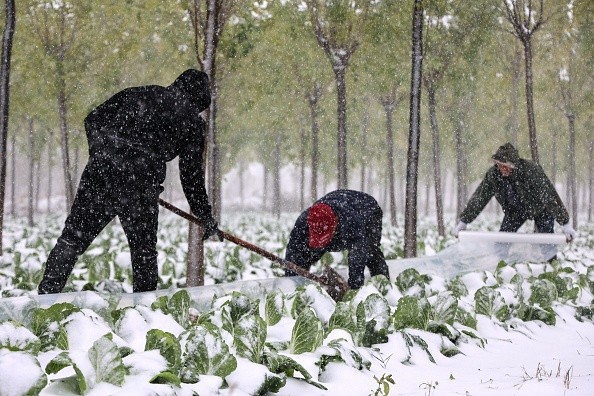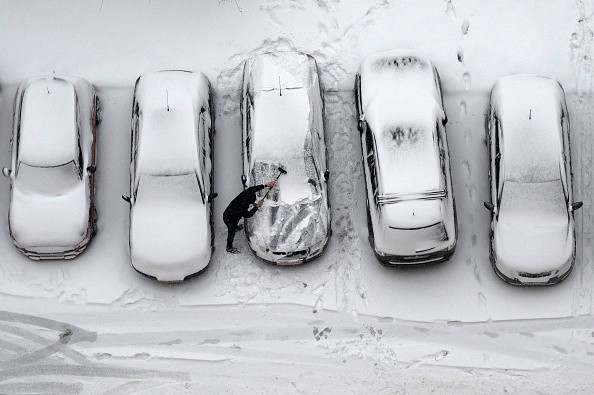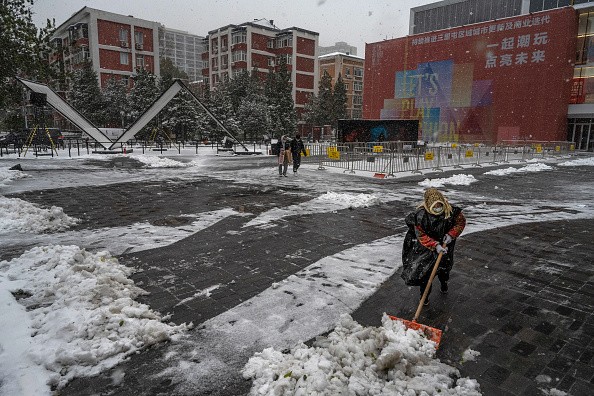Early next week, a powerful storm is expected to hit the rain-soaked Northwest, pouring rain and snow. As the West suffers from severe drought while the far Northwest remains flooded from past storms, this may be dangerous and beneficial.

"After receiving over 10 inches of rain in November, another storm is expected to dump additional rain on Seattle Sunday night and Monday," Senior Meteorologist Dan Pydynowski said.
November Rain
Rain fell on every day of the month except three, giving the Emerald City 10.26 inches of precipitation in the eleventh month of 2021. This was a negligible quantity compared to other northern neighbors, such as Abbotsford, British Columbia, which received nearly twice as much over the same period.
Storm Incoming

Another storm is on its way to the northwest United States, bringing cold and wet conditions. Fortunately for some, the storm track will shift southward, enabling storms to avoid regions in Canada like Abbotsford that have had severe floods. This storm will likely hold off on soaking the Northwest until the weekend.
"Rain should hold off until later Sunday night, so dry weather is forecast for the Seattle Seahawks game against the San Francisco 49ers on Sunday afternoon," Pydynowski added. The game will be played in the lower 40s, which is already several degrees below average, so supporters should bring one additional layer if the roof stays open.
When the storm arrives later that evening, the rain may become more consistent throughout the night, and by the time commuters start getting ready for the workweek, early morning low temperatures could be in the mid-30s.
Weather in the Pacific Northwest
Although the Pacific Northwest of the United States hasn't been hit as hard by landslides and flooding as its Canadian counterpart in recent storms, the rain could aggravate saturated soil conditions and cause streams to rise in northwestern Washington reintroducing the risk of flooding and mudslides.
"With cooler air in place, this next storm may bring another 0.50 to 1.00 inch of rain to Seattle," Pydynowski said, adding that some wet snowflakes might mix in with the rain on Sunday night, with some accumulating snow likely in the higher hills east of the city over 1,000 feet.
On Sunday night, snow levels in the Cascades are predicted to swiftly drop below pass level, allowing for an initial fast accumulation. Untreated slushy and damp areas are expected to freeze, resulting in dangerous driving conditions.
According to AccuWeather's long-range projections, the storm will move eastward across the Wasatch Range to the central Rockies early next week after crossing western Washington state.
Freezing Temperatures

Freezing levels could drop to 1,000 feet in the Bitterroots, Oregon, and western Montana, causing transport problems in the passes. To the south, though, levels will not be as low, with the lower Wasatch Range and the central Rockies predicted to be over 5,000 feet.
Snow is expected to fall over the Intermountain West and sections of the Southwest, including New Mexico and Arizona, saving ski resorts that recent mild rainstorms have harmed.
"Though we are still in an extreme drought for most of the region from Montana to Oregon and down to the Great Basin," On-Air Meteorologist Kevin Coskren stated.
While part of this precipitation may benefit the West, it also poses a risk.
"There is an elevated chance of avalanches with the steep terrain in the Cascades anytime there are variable snow levels, a substantial quantity of snow, and varying snow density," Senior Meteorologist Alex Sosnowski said.
There is little probability that Denver will end its snow drought. According to the National Weather Service office in Boulder, Colorado, the Mile High City has not received any measurable snow since April 21, making this the latest on record that snow of at least 0.1 inches or higher has not been measured.
For more news about the environment , don't forget to follow Nature World News!
© 2025 NatureWorldNews.com All rights reserved. Do not reproduce without permission.





